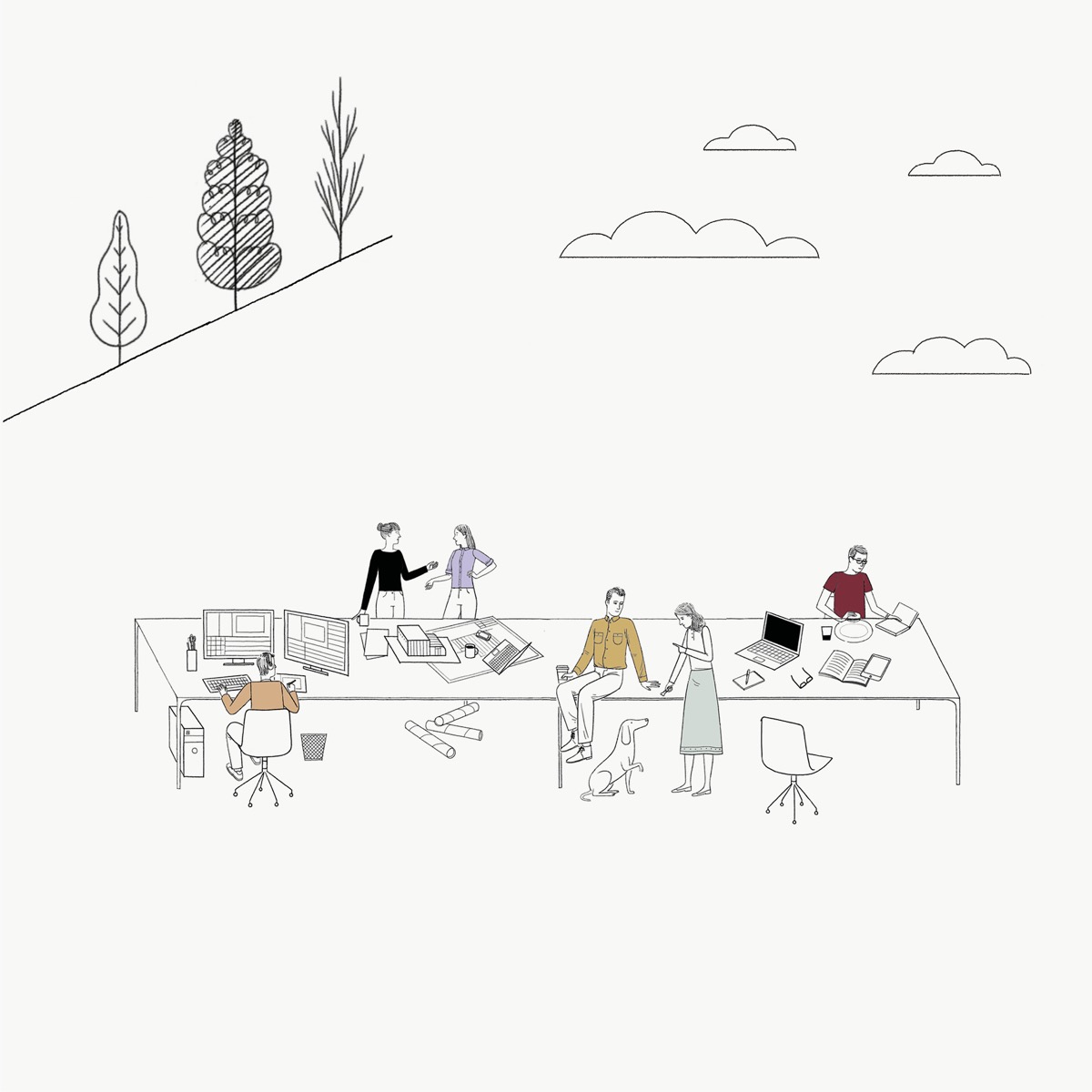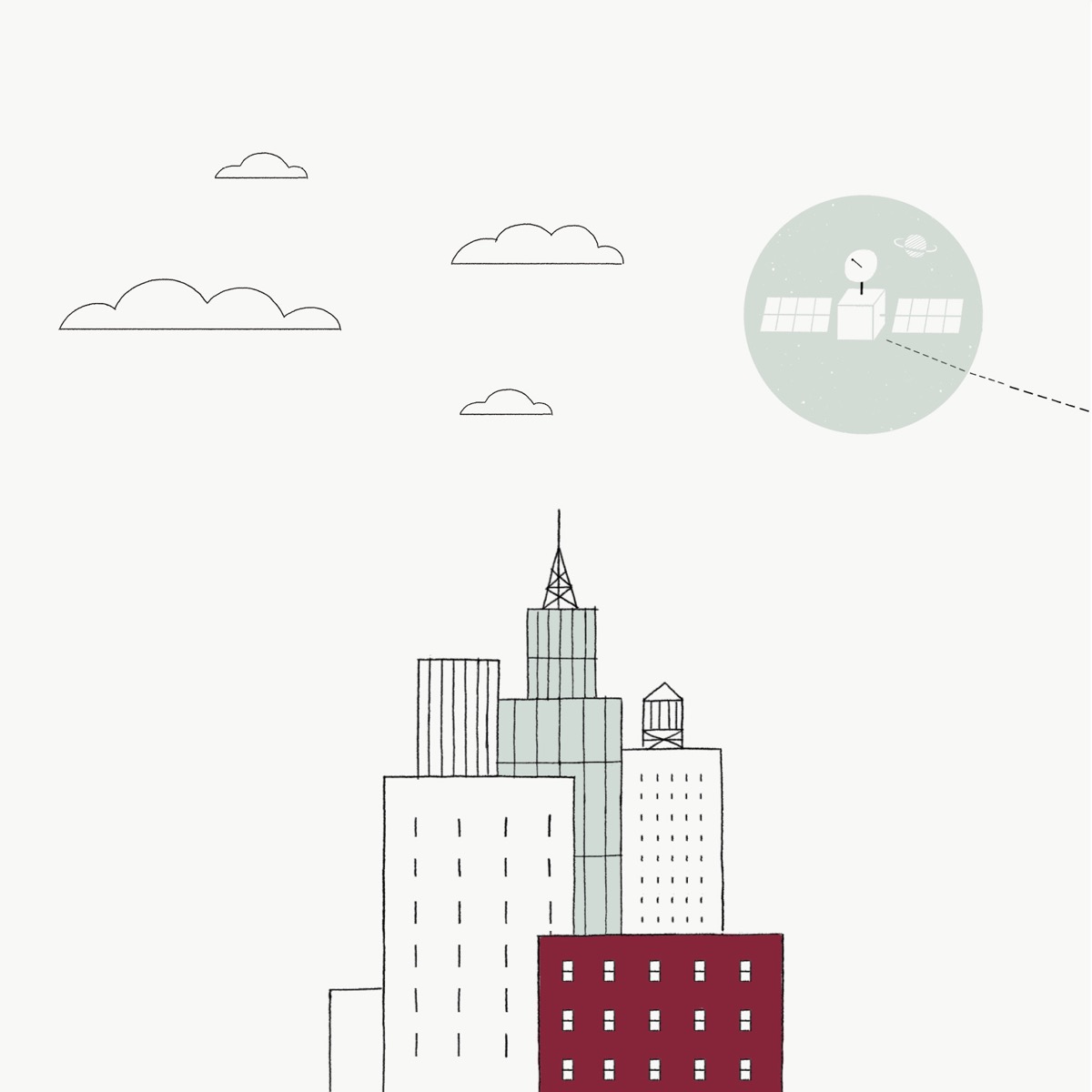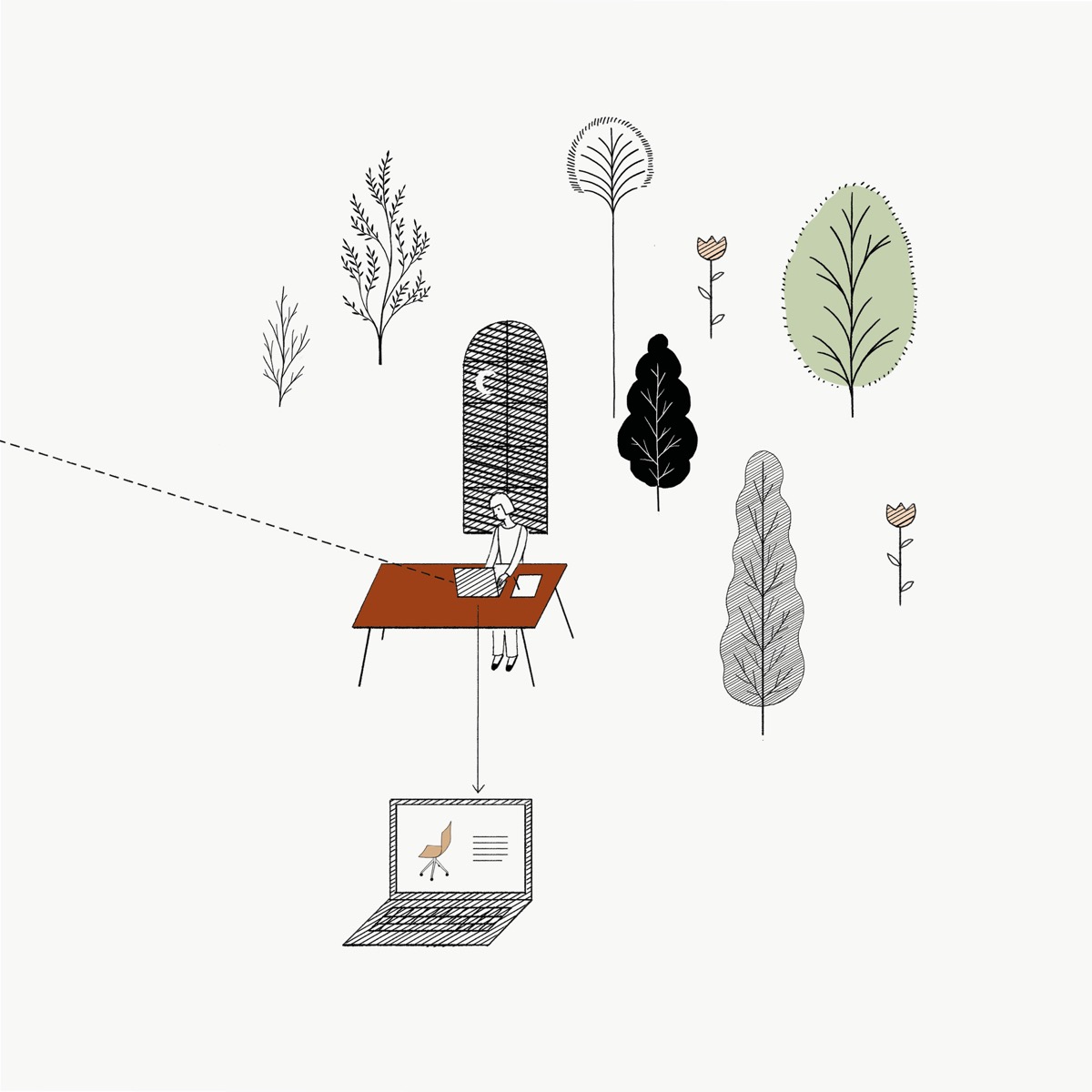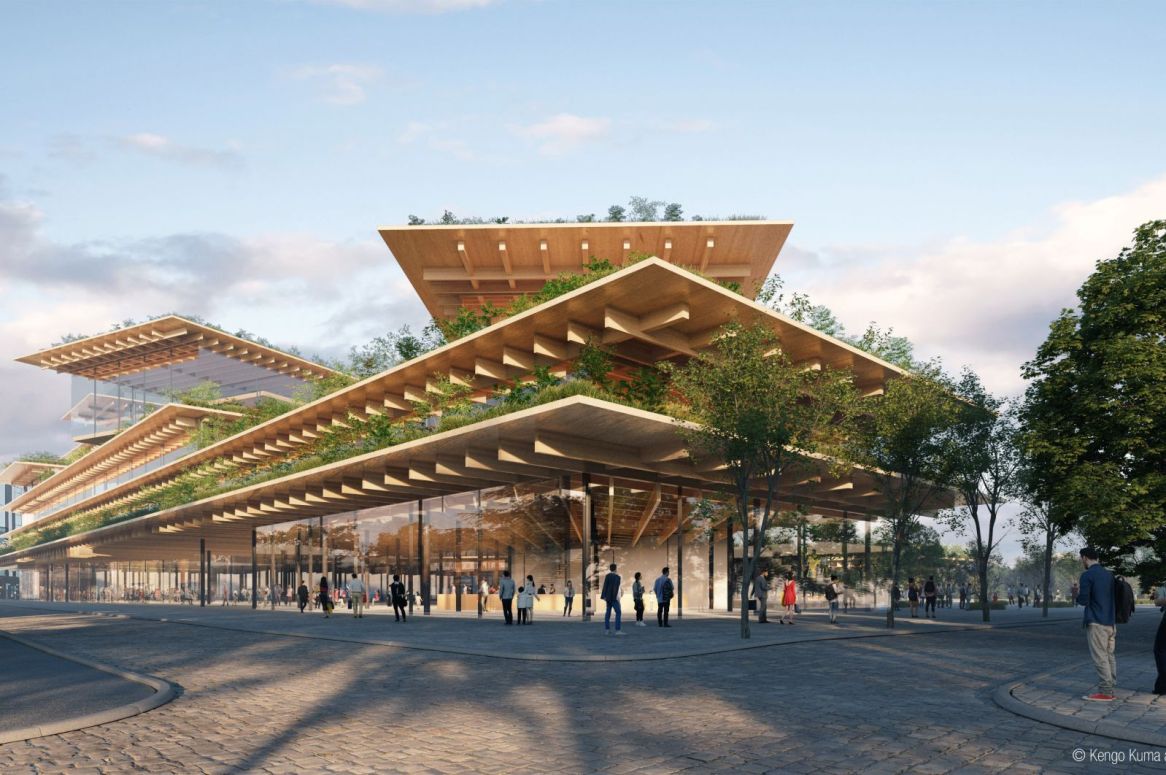
What is the relationship between the workplace and wellness on the job? How much does the work environment affect people’s willingness to spend time in the office and to be part of a corporate organization? And how does biophilic interior design influence the psychology and health of workers? Commissioned by the real estate developer Europa Risorse SGR, the marketing research and consulting firm Nomisma has conducted a survey of 500 employees of large companies in the Milan area, providing statistical indications on the needs of workers with respect to workplaces, and the impact of the biophilic office. Starting with greener architecture with a focus on the environment, and an office layout in close relation to greenery, Europa Risorse has called on Kengo Kuma and Associates to design Welcome, a new complex at Crescenzago (Milan). The project sets out to become a new reference point for the architecture of biophilic offices of the future.
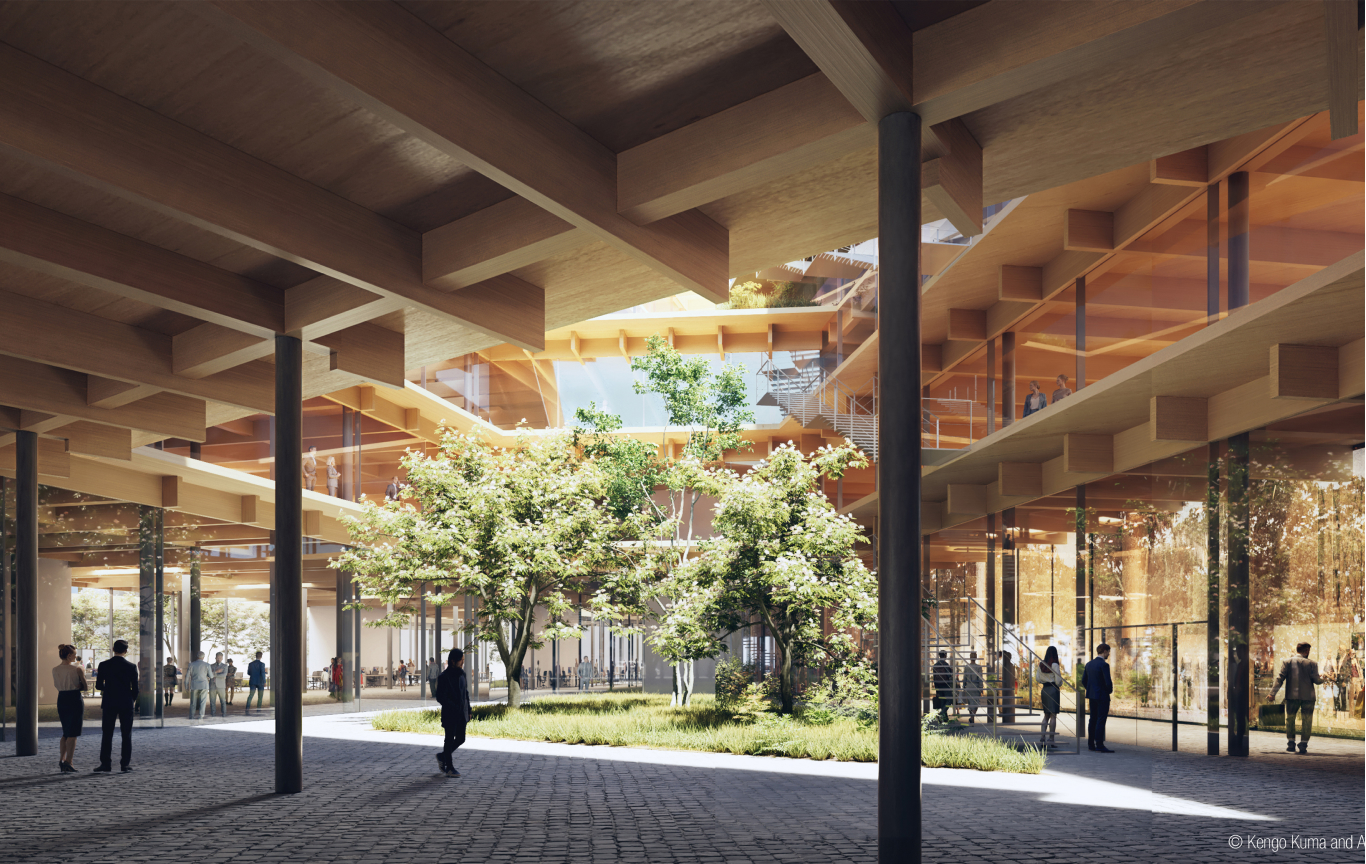

The Nomisma observatory on new workplaces
In Italy there have been about one million voluntary resignations from 2020 to 2022. Such an impressive number makes questions on ways of working and the quality of the workplace become urgent priorities. A recent study conducted by Nomisma (“Observatory on new workplaces. Listening to companies and workers,” October 2022) on 500 workers in the Milan area and 10 large Italian companies shows that the criteria of ESG (Environmental, Social and Governance) are of central importance to understand possible developments in the labor market, as well as the investments to be made for the benefit of human resources. Clean mobility and energy and a greater overall focus on wellbeing and work-life balance are indispensable factors in workplace design. According to the survey, easy travel to the workplace has an impact of 54%, while the characteristics of the physical facility represent a factor of 43% in the willingness of workers to spend time in the office. The workplace, then, has a fundamental role in terms of layout – meaning new interior design solutions with areas that encourage flexibility in labor management and sharing, eliminating the “silo effect” – and in the transmission of brand values, fostering a sense of belonging. On the theme of layout, the research explored the awareness of biophilic aspects on the part of the employees interviewed, as a concept still associated today with overall wellbeing and connection with nature (43%), but not referring to elements that can set working facilities apart. Nevertheless, the same study reveals a correlation between the layout of spaces and the performance and health of workers, underlining the fact that intervention on spaces in terms of air quality, acoustic wellbeing and comfort is an important feature, also for limitation of employee turnover.
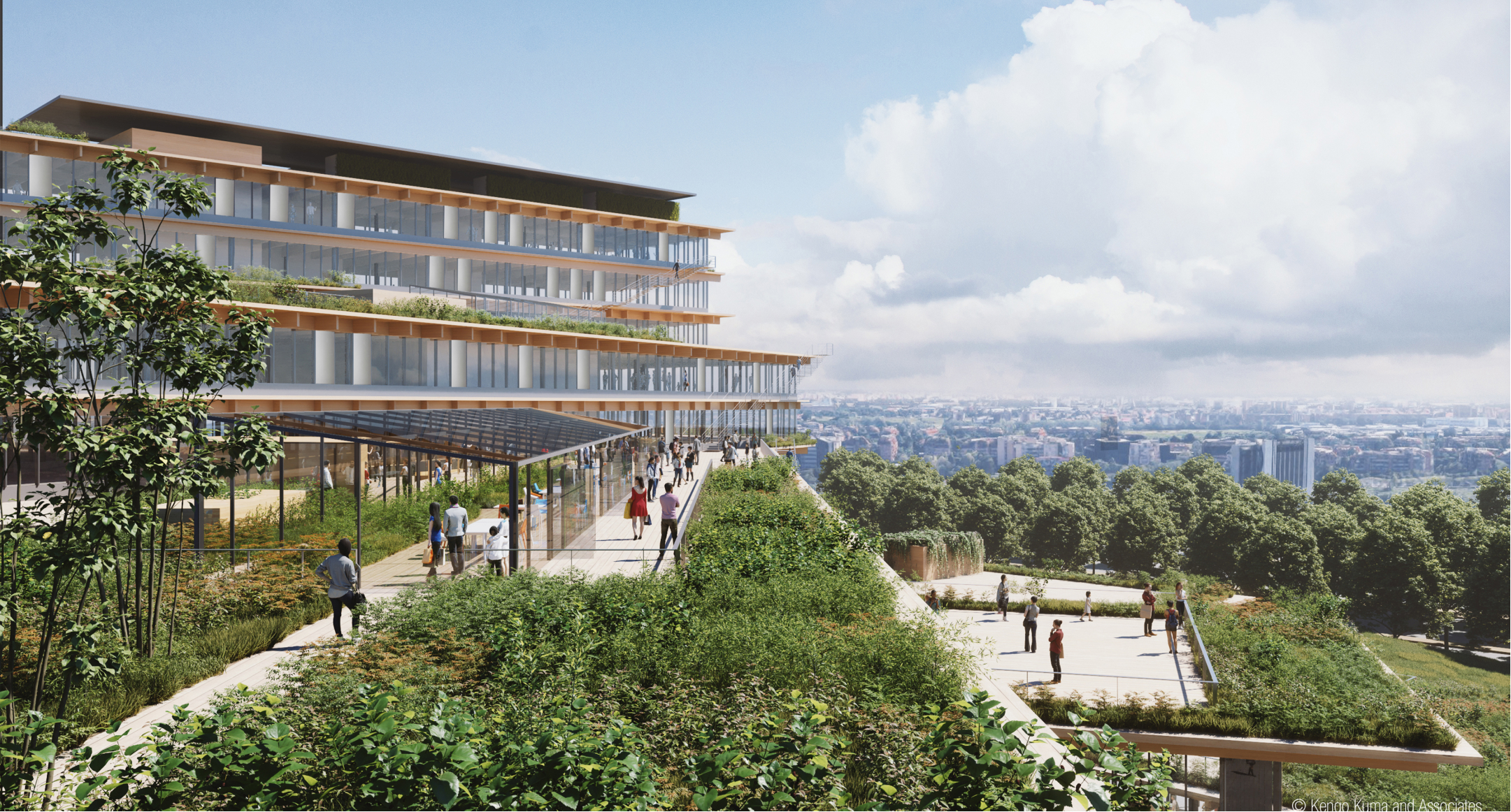

The biophilic office coming to life in Milan
“We started with the aim of making the greenest and most sustainable office in Milan, near the large “urban lung” of Parco Lambro,” says Antonio Napoleone, CEO of Europa Risorse. “Realizing how important it is to think about the people who will work there and their psycho-physical wellbeing, we have created a healthy, luminous, dynamic and social workspace immersed in nature. In a biophilic environment people are happier to come to the office, they have fewer sicknesses and they are more creative and productive. This translates into significant savings on production costs for the company: a 'win-win-win' situation for people, companies and the planet!” This is the thinking behind the new Welcome Milano project, an area not only for offices developed by Europa Risorse and designed by Kengo Kuma and Associates, located on the former Rizzoli area in Crescenzago (Milan). The project is based on the idea of refurbishing the entire zone with offices, an auditorium, coworking spaces, but also restaurants, shops, a supermarket, a wellness area, and places for temporary events to bring people together in the Municipio 3 zone of Milan. Inside and outside, public and private, work and leisure intertwine, connected by green spaces: the central piazza of over 600 sqm, well supplied with plants, connecting the building and the street; the open-air courtyards; the terraces on the various levels, conceived as extensions of the internal spaces, hosting vegetable gardens, flower gardens and walkways; greenhouses organized as places to work, but also for entertainment and relaxation. The building will not be a barrier, but an accessible location, permeable in all directions.
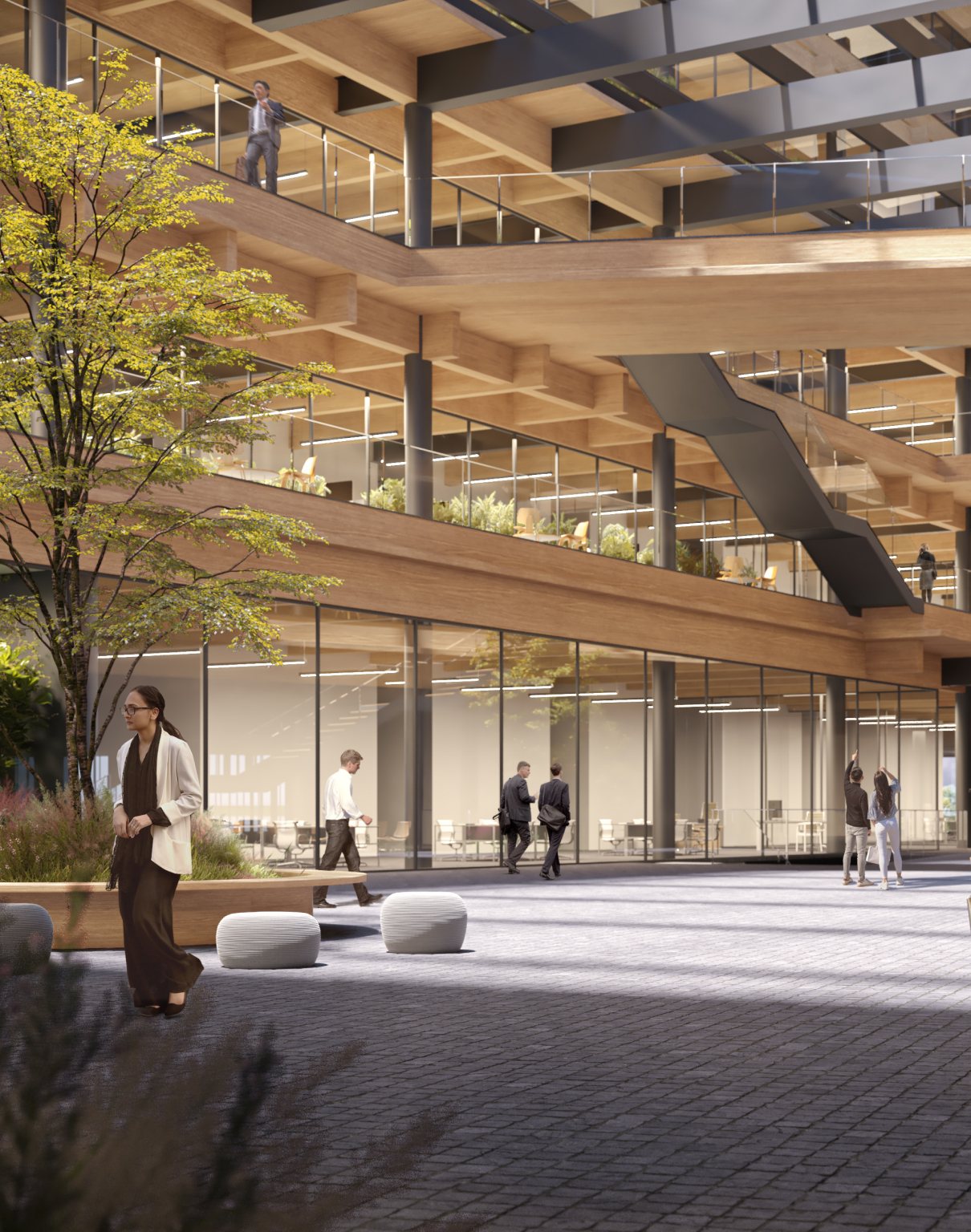

The Welcome project according to Kengo Kuma
“Until today, the direction taken by architecture has been to interrupt the relationship between human beings and nature. In the future, the role of constructions will be to connect the two worlds, exactly as happens in Welcome, where the architecture suggests new ways of working and new lifestyles,” says Kengo Kuma. The project has a WELL Platinum certification target, with LEED Platinum for energy efficiency. It strives to eliminate CO2 emissions through the use of renewable resources and photovoltaic panels, control of consumption, water recovery, greenery and endemic species as integral parts of the architectural design. The over 50,000 square meters of GLA (gross leasable area) are structured in six layered and rotating volumes, sloping like natural amphitheaters towards Parco Lambro. There are only three construction materials: concrete for the foundations and the basement levels, steel and wood for the rest of the building. The offices have been designed around an idea of dynamism and the use of natural light, in continuous visual interaction between spaces, alternating with zones of greenery. Terraces and plants are everywhere, with constant access to open-air spaces, for a sensation of freedom to experience the outdoors throughout the day and in all seasons. The facilities are accessed from multiple directions, in an open, dynamic arrangement. “We have shifted from the traditional typology of the closed office, with its focus on productivity, to a place designed around a sense of movement and contact with nature, which incorporates air and light on a simultaneous internal-external scale,” says Yuki Ikeguchi, partner of Kengo Kuma and Associates and the designer of Welcome.
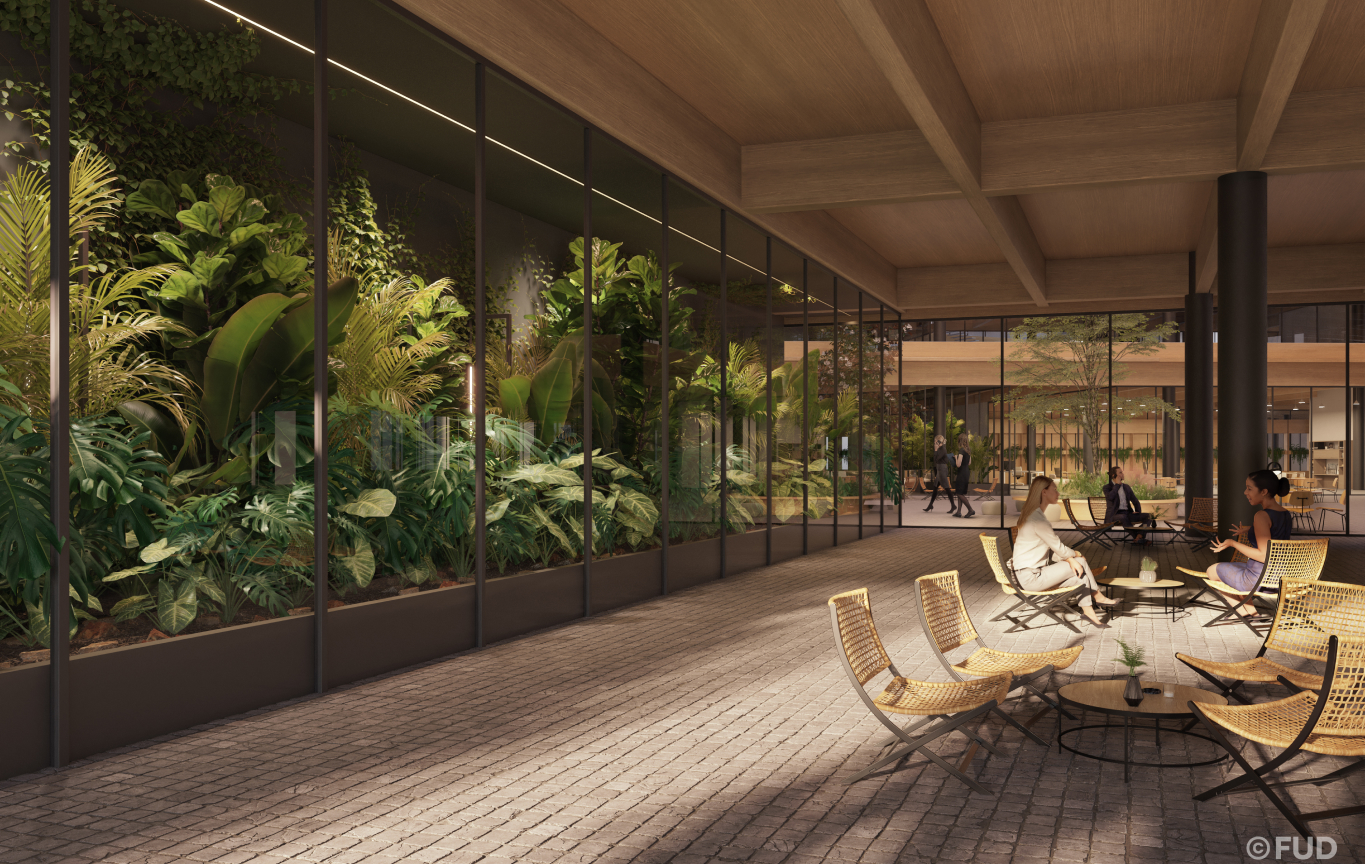

The botanist Stefano Mancuso and the prototype that purifies air
Welcome is also the first building in the world that uses the “Air Factory” on a large scale, a patented system developed by PNAT that purifies indoor air in buildings through the use of plants. “Since we live 80% of lives indoors,” says the botanist Stefano Mancuso, president of PNAT and greenery consultant for Welcome, “air quality should be a central factor in our design. Unfortunately, indoor air is three times worse than outdoor air. To purify it, we need either mechanical filters, which are costly and eat energy, or a device like the Air Factory, capable of removing no less than 90% of VOCs present in the space, because they are absorbed and degraded by the plants.” This technology is a “nature-based solution” with glass greenhouses and sensors that activate a forced ventilation system to phyto-purify air through the roots and leaves of selected plants. The sensors also report on the quantity of pollutants removed from the air. “Nature has an extraordinary effect on the mind and health,” Mancuso continues. “Skin resistance measurement tells us that when we enter a natural zone, or when we bring greenery into spaces, stress and heart rate both diminish in a matter of a few seconds. Our body is not a cultural phenomenon, but follows evolutionary processes connected with the cycles of nature.”


